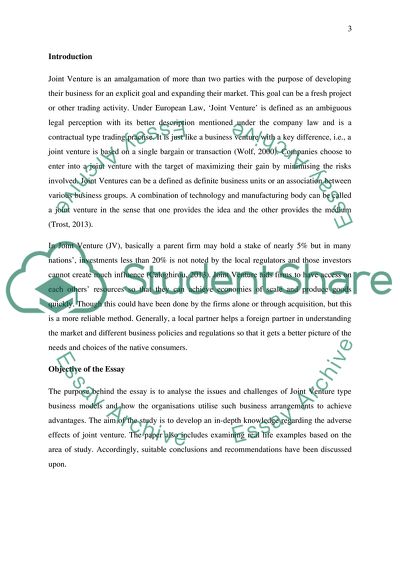Cite this document
(Joint venture issues and challenges Literature review, n.d.)
Joint venture issues and challenges Literature review. https://studentshare.org/finance-accounting/1876553-joint-venture-issues-and-challenges
Joint venture issues and challenges Literature review. https://studentshare.org/finance-accounting/1876553-joint-venture-issues-and-challenges
(Joint Venture Issues and Challenges Literature Review)
Joint Venture Issues and Challenges Literature Review. https://studentshare.org/finance-accounting/1876553-joint-venture-issues-and-challenges.
Joint Venture Issues and Challenges Literature Review. https://studentshare.org/finance-accounting/1876553-joint-venture-issues-and-challenges.
“Joint Venture Issues and Challenges Literature Review”. https://studentshare.org/finance-accounting/1876553-joint-venture-issues-and-challenges.


